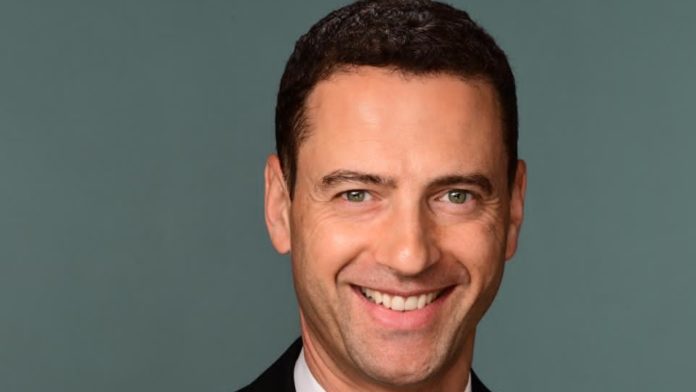
GARY Nagle, CEO-elect at Glencore, promised to consult shareholders regarding the group’s plans to mine out its coal reserves, and said Glencore’s structure, whilst more complex than rival companies, bestowed unique benefits. He also said Glencore would continue to be bold as it sought replacement reserves for its metals.
This is how Nagle marked his appearance as heir-apparent to outgoing CEO, Ivan Glasenberg. Nagle was responding to analysts and media as they sought clues as to how he might develop strategy.
Analysts have asked in the past if a ‘carve-out’ of the coal assets, perhaps through a separate listing or trade sale, might enhance Glencore’s Paris Agreement compliance efforts, and achieve some structural simplicity at the same time.
Nagle said shareholders were in agreement Glencore was the best custodian of the mines. They also supported its plan to mine out reserves until 2050 which is the year when Glencore aims to be net carbon neutral. The path for getting there, laid out by CEO Ivan Glasenberg in December, is subject to a vote at the firm’s annual general meeting on April 29.
This path may, though, involve adding coal production in the short-term.
“It’s not a straight line journey [before having coal removed from the portfolio by 2050],” said Steve Kalmin, Glencore CFO. “It [coal production] could go up.” Kalmin didn’t want to comment on specifics, but Glencore could swap assets.
This could refer to Glencore increasing its stake should any of its partners in Colombia’s Cerrejon coal mine – Anglo American and BHP – decide to exit. BHP and Anglo American are looking to quit coal with the latter planning to spin out its South African coal assets by 2022. BHP wants out of its Mount Arthur mine in Australia.
Analysts probed for specifics nonetheless.
“He’s trying to get you to comment on Cerrejon,” said Glasenberg in warning of a question to Nagle by an analyst on coal transactions. “I know,” replied Nagle, who added: “Ask BHP or Anglo.”
NEW SUPERCYCLE
Nagle’s appointment comes at a time when commodity markets are tipped to enter a new cycle of increased demand owing to energy transition and changes to the automotive drive-train, and potential infrastructural spend in the US.
Glasenberg said the key difference between the current commodity up-cycle and the last – the so-called supercycle said to have started in 2003 – was that projects were less available today. “In the supercycle, we had delays, mines that couldn’t get Caterpillar equipment or spare tyres, but the mines were ready. The difference to 2002 is that we are not ready for it,” he said.
“The supply response is going to be more difficult, especially in some metals,” he said.
Glasenberg added that mining companies would be sent to less developed, potentially riskier regions of the globe in order to find resources.
“We won’t be cowboys and go into jurisdictions that aren’t safe,” said Nagle. “But if you want to be in the resource game, then you can’t stay in first world jurisdictions. We will be careful where we operate.”











